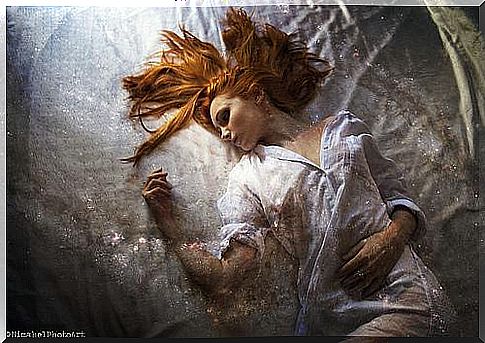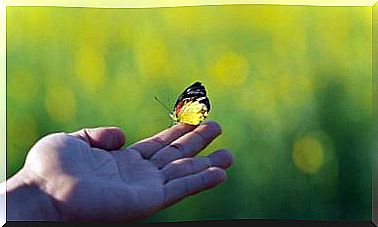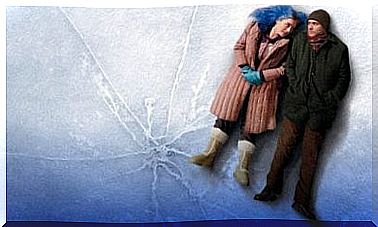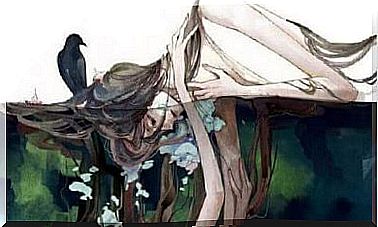Sleep Paralysis: When Nightmares Are Alive

Have you thought about what it would be like if you woke up in the middle of the night and you felt paralyzed? Your body can not move and you feel a pressure on your chest, and worst of all, you could have sworn that someone or something hurt was nearby. It seems like a horror movie, but the truth is that this happens to the people who suffer from sleep paralysis.
What is sleep paralysis?
It is a condition that causes you to experience the normal stages of sleep outside of the natural order. Your mind wakes up before your body does.
When you go to bed, you first fall asleep, or lose consciousness to put it another way. Chemicals in your brain then cause your body to become “paralyzed”. You start dreaming and even if you run, jump or dance in your dreams, these chemicals make you stay quiet in bed. When the day arrives, you stop dreaming and start regaining the movement in your body. Finally you wake up.
Now imagine if this process occurred incorrectly. What happens if your body continues to produce glycine and GABA (the two chemicals that paralyze your body) even after you wake up? You had then woken up before you regained mobility in your body. What if some features of your dreams were mixed with your conscious state? This combination can produce a very scary experience.
Perceptions and symptoms
Being paralyzed makes people defenseless. They can not cry for help or protect themselves. When someone finds them in such a defenseless state, their deepest fears can take control of them.
So it is normal for people to think “If I do not control my body, who controls it?” Many people who have suffered from sleep paralysis come to the conclusion that it is an evil force that attacks them. These ideas are influenced by religious and cultural perceptions. Depending on the events that occur, the person may think that he is possessed by spirits, aliens, demons or other mysterious creatures.
But no matter how each of us explains the experience, the truth is that some symptoms that are common to all include that you can not breathe, you have a pressure on the chest, you can not move and can not perceive details properly in it surrounding environment, such as the bed, the clock, etc. In most cases, these episodes occur when the person sleeps on his back.
Before you go to bed
Exercising regularly every day will give you a calmer sleep. It is also good if you take a break from work once or twice a day, close your eyes, relax and take a deep breath.
Another piece of advice is to avoid excessive caffeine intake and to try to go out to get some fresh air for at least 30 minutes every night. And that you try to have a regular schedule so that you get enough sleep every night.
What to do during an episode
Some people have achieved good results by concentrating on moving a small muscle, such as a finger or neck, so that they make the body “wake up”. Others focus on breathing calmly until their body regains its activity. In any case, you should try to stay calm and see what happens through the eyes of logic.
Carla MacKinnon *, who has suffered from this ailment since childhood and has done a lot of research on this subject, says “I have discovered that by focusing on the details of the experience and comparing them with my studies, I can distract my mind from the feeling of fear and danger. In this way, I remove the dark overwhelming force that used to be present during the experience ”.
Has anything similar happened to you before? You are not alone and you can even counteract this frightening ailment.
Photo by Gabriele Negri.
* Carla MacKinnon coordinates The Sleep Paralysis Project and has developed a short film entitled “Devil In The Room” which was completed in May 2013. This film combines techniques such as stop motion animation, live action film and project mapping to investigate the words experienced between consciousness and sleep. The film is a thesis by Carla MacKinnon for the Royal College of Arts master’s course in animation, and has been created in collaboration with the artistic and technological resources of Seeper studies.









